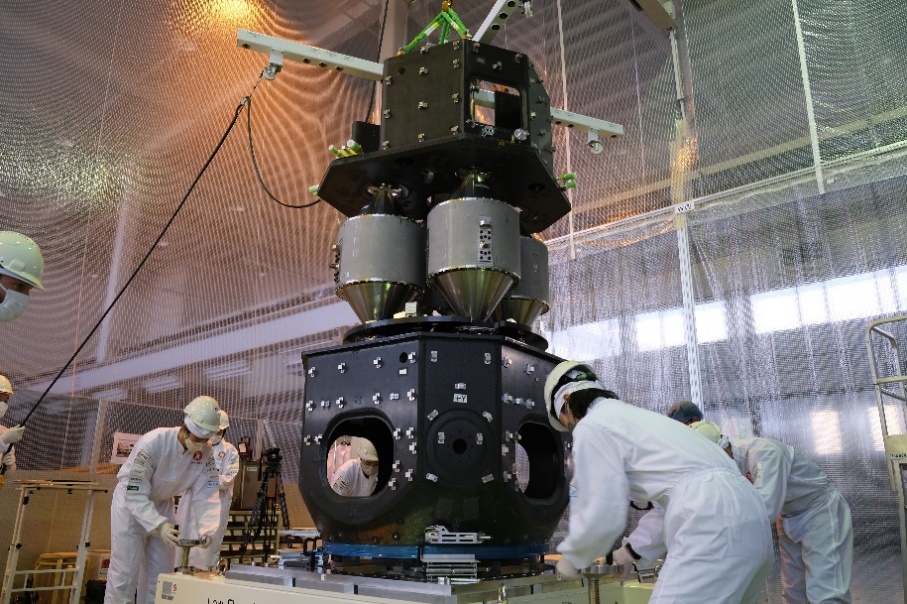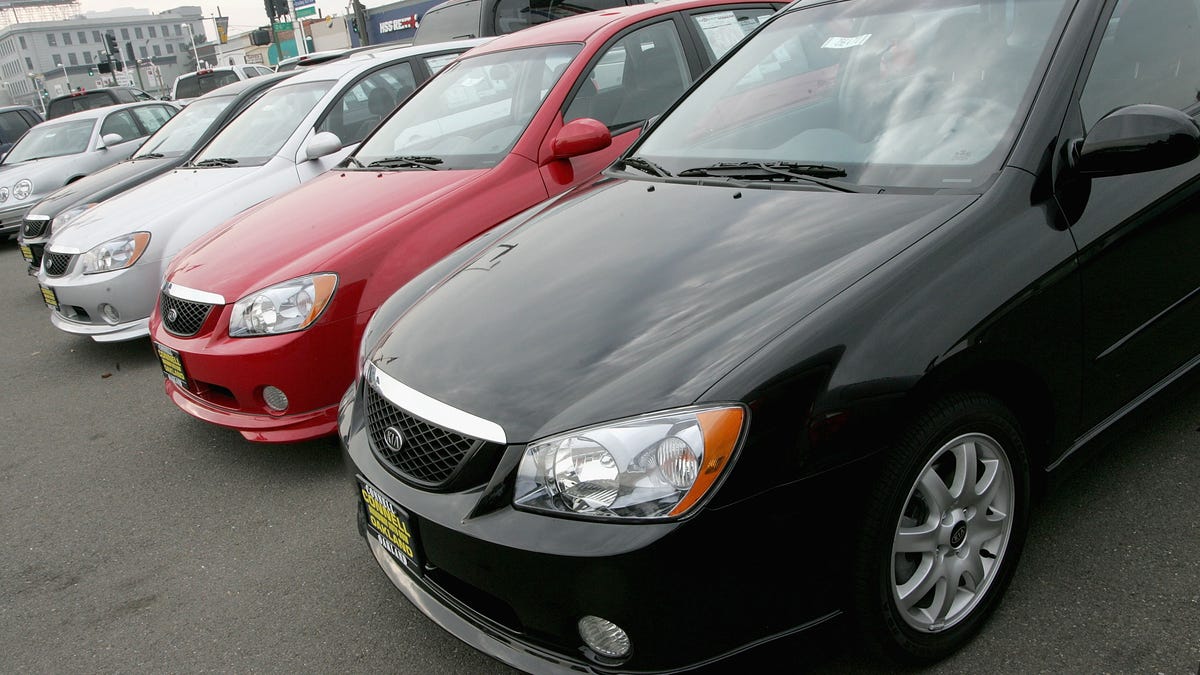After a long stretch of slim pickings, the last couple of years have been huge for Android smartwatches. Now there are more good options than ever.
But this is still a transitional era. While we’re encouraged by the stronger third-party app options, the market is still fragmented. Wear OS 5 is here for Samsung’s Galaxy Watches and the Pixel Watch 3. However, the larger ecosystem is still catching up. Some features, like Google Assistant, are not yet available on certain Wear OS 3 smartwatches, and Wear OS 4 still isn’t widely available. Even so, the Android wearable ecosystem is barreling ahead.
a:hover]:shadow-highlight-franklin dark:[&>a:hover]:shadow-highlight-franklin [&>a]:shadow-underline-black dark:[&>a]:shadow-underline-white”>What we’re looking for
Android smartwatches have long been foiled by outdated processors. Is the chip under the hood powerful enough to run Wear OS / proprietary RTOS smoothly?
Does a watch work better within one company’s product ecosystem versus another? Will you have to buy a new watch if you switch phones?
These days, most wearables are capable fitness trackers. However, they’re not all capable of controlling your smart home, contactless payments, or interacting with digital assistants.
Is this device likely to last you a while, or will you need to upgrade sooner than you’d like? How communicative is the OEM about forthcoming changes?
Can you get through the day without reaching for a charger? If not, does it support quick charging?
If you’d rather wait until Wear OS settles down a bit, there are platform-agnostic smartwatches and fitness watches you can buy in the meantime. Otherwise, you’ll want to be aware of the chip and Wear OS version powering your watch. Mobvoi, for instance, took forever to roll out Wear OS 3 to its eligible Wear OS 2 watches and just recently announced the rollout of Wear OS 4. Speaking of Mobvoi, its TicWatch Pro 5 was the first to sport the new Qualcomm Snapdragon W5 Plus in the US, and while it’s a great watch, you may want to wait until there are more W5 Plus watches to choose from. That said, the base W5 chip is also pretty good. The Pixel Watch 3 and OnePlus Watch 2 both sport the W5 and have notably better performance and battery life.
So long as you keep the aforementioned caveats in mind, Android users have more smartwatch options than ever before. I’ve rounded up my top picks, but if none of these is the right fit, you can always check out our fitness tracker buying guide.
Sizes: 43mm, 47mm / Weight: 77g, 85g / Battery life: Up to 30 hours with AOD, 40 without AOD / Display type: Always-on OLED / GPS: Built-in GPS / Connectivity: LTE (optional), Bluetooth, Wi-Fi / Water resistance: Up to 50 meters, IP68 / Music storage: 16GB
If you have a Samsung phone, you’ll get the most mileage out of a Samsung smartwatch. And of the four watches Samsung has in its current lineup, I recommend the Samsung Galaxy Watch 6 Classic. Although Samsung just released the Galaxy Watch 7, there wasn’t a refresh for the Classic. That means you ought to be seeing some good deals for the Classic soon, if not already. It’s not often that I recommend a last-gen device, but such is my deep love for the physical rotating bezel.
But, if you want the latest and greatest, the Galaxy Watch 7 offers an upgraded 3nm Exynos W1000 chip and a new 3-in-1 BioActive Sensor. It’s a marginal improvement over last year’s models, but I don’t feel like Samsung introduced anything this year that requires having them. It also has Wear OS 5 and One UI 6 Watch, but that’ll eventually make its way back to the older watches, too. Mostly, I recommend the 7 if you prefer a smaller size, don’t care about the rotating bezel, and want something a smidge more futureproof.
The Classic’s rotating bezel is 15 percent thinner than the Galaxy Watch 4 Classic. The updated design is sleeker than its predecessor, and the larger display is easier on the eyes and is only slightly bigger at 43mm and 47mm. I have small wrists, but the 47mm was still quite comfortable for everyday wear. It’s launching with Wear OS 4, which adds extended battery life, and — finally — cloud backups. One UI 5 Watch also adds some minor health and sleep tracking improvements, but this will eventually make its way to older models. While I prefer the Classic, the base Watch 6 model may be the better option if you want a smaller, lighter, sleeker, and cheaper smartwatch.
a:hover]:text-gray-63 [&>a:hover]:shadow-underline-black dark:[&>a:hover]:text-gray-bd dark:[&>a:hover]:shadow-underline-gray [&>a]:shadow-underline-gray-63 dark:[&>a]:text-gray-bd dark:[&>a]:shadow-underline-gray”>Photo by Amelia Holowaty Krales / The Verge
For more outdoorsy folks, the $649.99 Galaxy Watch Ultra might be the more sensible choice. Of all Samsung’s watches, it has the best battery life, lasting around three days in our testing. (Though, we never got the full 100-hour estimated battery life.) It’s got dual-frequency GPS, a new multisport activity, an emergency siren, increased durability, 10ATM of water resistance, and a Quick Button, which acts as a customizable shortcut button. It’s basically an Apple Watch Ultra for Android.
Meanwhile, if you’re on a budget, there’s the new $199.99 Galaxy Watch FE, which is essentially a rebadged Galaxy Watch 4.
The Samsung Health app also delivers a good overall fitness tracking experience, especially since you can enable turn-by-turn navigation for hiking and cycling activities. We weren’t too impressed with nightly SpO2 readings, but Samsung’s overall sleep tracking continues to improve. You also get built-in GPS, body composition analysis, irregular heart rate notifications, fall detection, emergency SOS features, and EKGs. Most recently, Samsung’s added a new Energy score, AI-powered wellness insights, FDA-cleared sleep apnea detection, and a confusing AGEs Index metric for metabolic health. While the Energy score is broadly accurate, I found the AI-generated features to be hit or miss and the AGEs Index to be more gimmicky than useful. The latter feature is also limited to the Galaxy Watch 7 and Ultra.
We don’t necessarily recommend the Galaxy Watches if you don’t have a Samsung phone. EKGs and sleep apnea detection require the Samsung Health Monitor app, which is limited to Samsung phones. You can work around it, but all Samsung watches work best with other Samsung devices.
Read my full review of the Samsung Galaxy Watch 6 series.
Sizes: 41mm, 45mm / Weight: 31g for 41mm, 37g for 45mm / Battery life: Roughly 24 hours with AOD enabled / Display type: Always-on OLED / GPS: Built-in GPS / Connectivity: LTE (optional), Bluetooth, Wi-Fi, Safety Signal with Fitbit Premium / Water resistance: 5ATM / Music storage: 32GB
The $349.99 Google Pixel Watch 3 is done playing catch-up. It’s an annoying truth that if you have a Samsung phone, a Samsung smartwatch is probably the best choice for you. However, for everyone else, I highly recommend the Pixel Watch 3.
There are several updates to the Pixel Watch 3, but the gist is that it’s a more refined watch that also expands into new territory. One major update this year is that there are now two sizes: 41mm and 45mm. You get extra screen real estate on the larger watch, but the bezels are also smaller on the 41mm model this year. (If you’re trying to pick between sizes, I prefer the 45mm.) The displays are brighter as well, ranging from a minimum of 1 nit to a maximum of 2,000 nits.
a:hover]:text-gray-63 [&>a:hover]:shadow-underline-black dark:[&>a:hover]:text-gray-bd dark:[&>a:hover]:shadow-underline-gray [&>a]:shadow-underline-gray-63 dark:[&>a]:text-gray-bd dark:[&>a]:shadow-underline-gray”>Photo by Amelia Holowaty Krales / The Verge
Health and fitness also get several updates, especially for runners. There’s a new Cardio Load metric that gauges the cardiovascular intensity of the exercises you’ve been doing over a set period of time. It’s similar to Garmin’s Training Load metric. You’re also given a Cardio Load target based on your fitness goals, readiness, and current activity. Runners also get a new dashboard full of form analysis metrics as well as the ability to program custom workouts. In addition, you can get AI-generated suggested workouts. And if you’re in Europe, the Pixel Watch 3 can now detect if you no longer have a pulse and call emergency services.
The Pixel Watch 3 also adds a bunch of nifty Google integrations. It’s excellent if you have a Google-powered smart home because you can now directly view and interact with your Nest Doorbell or camera feeds. You can also use the watch as a remote for your Google TV, and there are new Google Home Tile / complications that make controlling your home from your wrist a breeze. Also new this year are offline Google Maps, the ability to unlock Pixel phones, and a Call Assist feature that lets a caller know you need an extra minute to pick up your phone.
That said, while the Pixel Watch was initially framed as a watch for any Android phone, several updates this time around mean you’ll get the best experience with a Pixel phone. But compared to Samsung, there isn’t quite as much lock-in. Health features, for example, are available to everyone so long as you have a Fitbit account. Extra good news: Google removed certain metrics, like the Daily Readiness Score, from the Fitbit Premium paywall. Mostly, the features locked to Pixel phones are things like the ability to unlock your phone with the watch and use of the Recorder app.
One thing to be mindful of is durability. While the domed display is beautiful, we cracked the screen on the original Pixel Watch and got deep scratches on the Pixel Watch 2. (Thankfully, we haven’t messed up the Pixel Watch 3.) Google doesn’t offer any repair options, but you can get the Preferred Care extended warranty if you want to be prepared should something happen. It’s not ideal since it’s limited to the US and Canada, but it’s a step in the right direction.
Read my full Google Pixel Watch 3 review.
Sizes: 47mm with 22mm straps / Weight: 49g case, 80g with strap / Battery life: Up to 100 hours in smart mode, 48 with AOD on, and 12 days in power-saving mode / Display type: OLED touchscreen / GPS: Dual-frequency GPS, Beidou, GPS, Galileo, GLONASS, QZSS / Connectivity: Bluetooth, Wi-Fi / Water resistance: 5ATM / Music storage: 32GB
The $299.99 OnePlus Watch 2 is what a glow-up looks like. While the original OnePlus Watch was horrible, this watch helps fill the void that Fossil left when it said it was pulling out of Android smartwatches — namely, a viable alternative to Google and Samsung.
The 47mm case is big for petite wrists, and unfortunately, it only comes in one size, but it’s made of durable stainless steel and sapphire crystal. Plus, it houses a 500mAh battery. That, plus a dual-chip architecture and novel dual OS system, results in super long battery life. How long a smartwatch lasts will of course depend on your individual usage, but I got nearly four days with normal use. That’s incredible for a flagship.
a:hover]:text-gray-63 [&>a:hover]:shadow-underline-black dark:[&>a:hover]:text-gray-bd dark:[&>a:hover]:shadow-underline-gray [&>a]:shadow-underline-gray-63 dark:[&>a]:text-gray-bd dark:[&>a]:shadow-underline-gray”>Photo by Amelia Holowaty Krales / The Verge
It also has Wear OS 4, making it the only third-party Wear OS watch running the latest software. It has Google Assistant from the get-go — a big achievement since that’s been a problem with other third-party Android watches. Plus, you get access to the Google Play Store for a robust app ecosystem. On the fitness side of things, OnePlus added dual-frequency GPS. That’s a plus if you’re outdoorsy and frequent challenging GPS environments like dense forests or crowded cities.
The main things you’re giving up are LTE connectivity and some features like EKGs, atrial fibrillation detection, native period tracking, and fall detection. The lack of cellular is a bummer, as it means you really should keep your phone on you when you’re out and about. Still, the $300 price tag is a competitive one and may be worth the tradeoff given battery life.


/cdn.vox-cdn.com/uploads/chorus_asset/file/24182143/226402_Android_Smartwatch_Buyers_Guide_WJoel.jpg)



/cdn.vox-cdn.com/uploads/chorus_asset/file/25243442/twarren_rtx4070tisuper_5.jpg)




